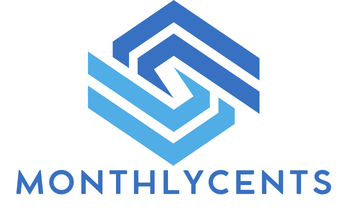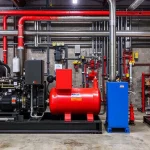Understanding personality traits can revolutionize how teams collaborate and communicate. Workplace personality assessments like DISC reveal hidden strengths and potential conflicts, guiding leaders to tailor roles and interactions effectively. By embracing these insights, organizations unlock improved productivity, harmony, and employee satisfaction paving the way for smarter teamwork and sustained success.
Essential insights for selecting and applying workplace personality assessments
Choosing the right tool for analyzing work style and team fit can be a game changer. With so many available resources, understanding the specifics of each is key tools like DISC, Myers-Briggs, and Big Five each address different needs. For hiring managers, team leaders, or HR professionals, incorporating a Personality Test for the Workplace helps clarify not just skills, but essential interpersonal dynamics. These assessments spotlight how individuals prefer to communicate, solve problems, and interact, guiding smarter decisions from hiring to team-building and development.
This might interest you : Elevate team collaboration through effective personality assessments
Popular workplace personality assessments serve distinct roles:
- DISC identifies four main work style categories (Drive, Influence, Support, Clarity), clarifying how people function within teams.
- Myers-Briggs (MBTI) categorizes based on 16 types, revealing decision-making and collaboration patterns.
- Big Five measures five broad traits, offering a scientific foundation for understanding employee behavior.
Applying these assessments can strengthen hiring processes, improve communication, reduce team friction, and boost engagement. Success depends on choosing tools that are validated, ethically administered, fit your organizational context, and ensure privacy. Factor in the intended use—whether for recruiting, professional growth, or mapping team strengths to achieve long-term workforce harmony and productivity.
In parallel : Maximizing fundraising success: creative virtual event tactics for uk charities
Comprehensive review of leading workplace personality assessment methods
The DISC model: work style categorization, reliability, and applications in Fortune 500 companies
The DISC personality test classifies employees by workplace behavior, recognizing four main styles: Drive, Influence, Support, and Clarity. Each style signifies unique approaches to workplace personality and team cooperation. For instance, Drive types lead and take initiative, while Influence types thrive in communication-heavy environments. This workplace personality inventory is valued for its reliability, mapped on two behavioral axes—combining styles for up to 12 outlined types. Fortune 500 organizations implement DISC assessment to inform workforce personality mapping and enhance employee interaction style, leveraging tools like Everything DISC workplace tool for measurable improvements in productivity and collaboration.
Myers-Briggs Type Indicator (MBTI) in the workplace: 16 types, team insights, and best practices
MBTI at work divides team members into 16 Myers-Briggs personality types in teams, illuminating diverse employee personality traits in professional settings. Used by HR as a key personality assessment tool for HR strategy, MBTI supports personality-driven hiring strategies and team-building personality tests. Knowing MBTI personality types facilitates workplace communication and integration, reducing employee conflict by fostering understanding.
Big Five and other major assessments: scientific basis, key professional traits, and practical uses
The workplace big five personality test evaluates Openness, Conscientiousness, Extraversion, Agreeableness, and Neuroticism, universally employed for employee assessment for professional growth. Its scientific grounding offers objective insight into employee personality segmentation, guiding targeted staff development plans. HR teams rely on such personality tests for corporate teams to match personality strengths at work with job roles, improving team dynamics and organizational outcomes.
Best practices and practical guidance for workplace personality evaluation
Integrating results: using assessments for hiring, team-building, and professional development
Start with a precise job fit personality analysis. Use employee assessment for professional growth to determine if candidates’ priorities and behavior styles in the workplace align with business needs. Integrate results from a workplace personality assessment to clarify team cooperation personality types and employee interaction style. For new hires, tailor workplace personality assessment questions to match occupational traits assessment objectives. In team-building, tools for measuring work style personality can map strengths and address skills gaps, boosting group synergy and performance. Consistent use of workplace communication personality insights improves project outcomes and onboarding.
Ethical guidelines, reliability, and limitations of using personality tests for employment decisions
Rely on validated personality assessment tools for HR, but never use results from job fit personality analysis as the only hiring criterion. Respect privacy during employee assessment for professional growth and store all workplace psychological profile data securely. Recognize the limits—workplace personality assessment questions reveal patterns, not absolute truths, and behavior styles in the workplace may shift over time.
Enhancing team collaboration and workplace culture through ongoing personality profiling and employee feedback
Continuously analyze team cooperation personality types and behavior styles in the workplace. Use employee interaction style feedback sessions for development and workplace communication personality training to foster transparency. This ongoing approach keeps teams adaptable and strengthens workplace culture.











